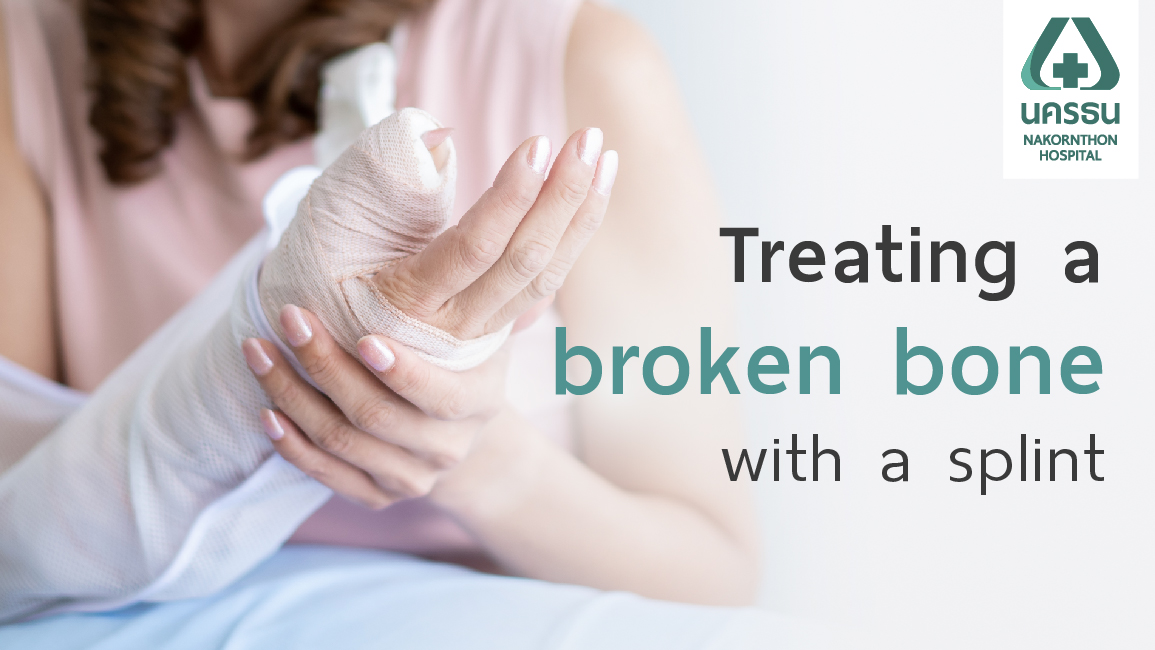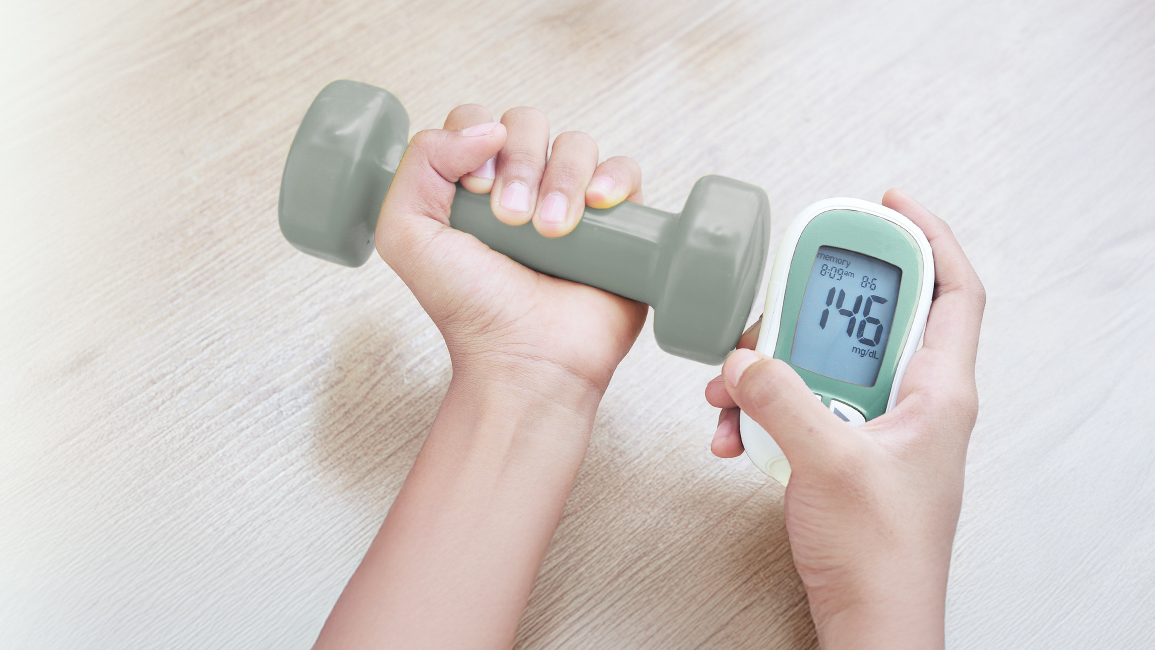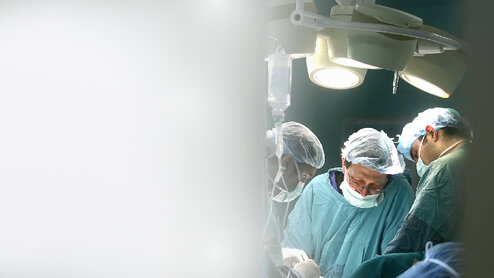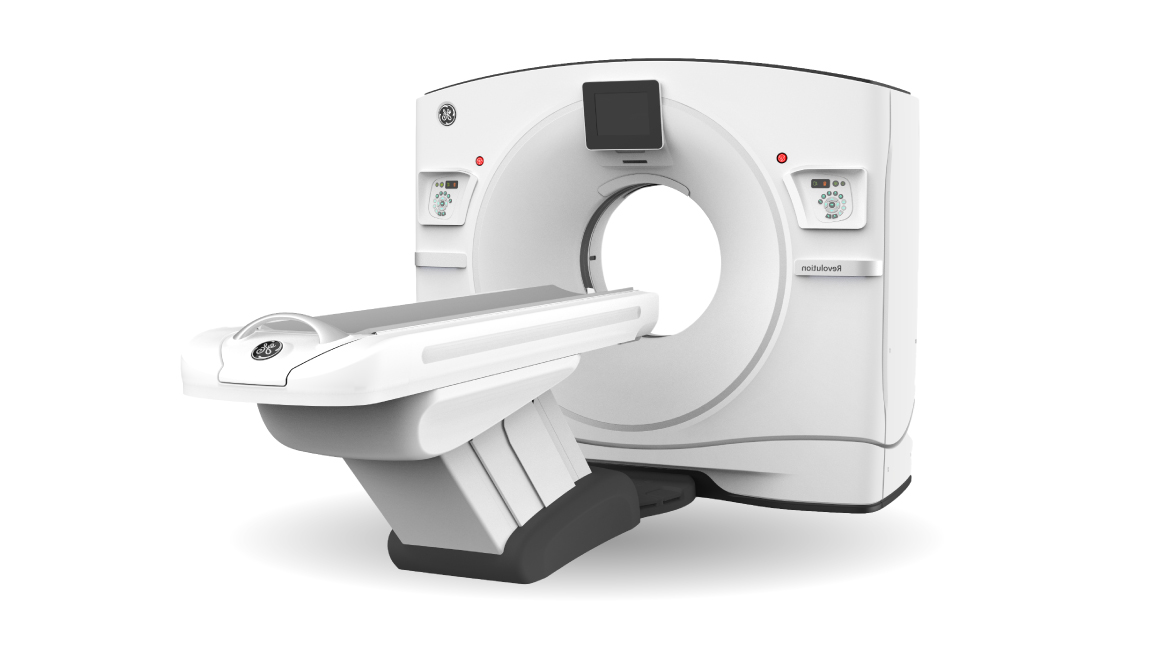Broken bones are not a small thing, everyone is vulnerable
Center : Orthopedics Center
Article by : Dr. Nithiwut Pinsiranon

Accidents happen and no one wants that to happen. Both for yourself and those you love for sure Especially the severe shock from an accident that affects the bone. Until causing fractures Although it is not life-threatening, if not treated properly it can lead to permanent disability.
Fracture
A condition in which the bone is subjected to excessive impact as a result, the bone cannot support the weight of this force and causes a bone fracture. The bone consists of calcium and bone cells. In the middle is the bone marrow. Which is responsible for producing red blood cells, each part of the bone forms the bone structure that supports the body. It helps with movement and protection for the internal organs of the body if the body receives a strong impact will result in fractures.
Types and characteristics of fractures
Broken bones without a wound on the skin or a closed fracture and broken bones that have open wounds, wherein the fractured bone comes out of the skin, which has a high risk of infection, also, it is divided into several types of fractures as follows.
- Compression Fracture is the bone that collapses when exposed to strong shocks.
- Spiral fractures are bone fractures that form a spiral caused by twisted bones
- Greenstick Fracture is partially broken bone. The other side of the bone was deflected. Often occurs with children.
- A comminuted fracture is a broken bone broken into pieces.
- A transverse fracture is a bone that breaks across the cross-section of the bone. The longitudinal fracture of the bone does not occur.
- An oblique fracture is a bone that breaks down into curves or cascades down.
- Avulsion fractures are bones that are broken by the force of a surge. It is often found on the shoulders and knees.
- Impacted Fracture is the fracture on both sides of the fracture due to pressure.
- Fatigue fracture (Stress Fracture) the bone splits apart caused by repeated use it is more common in people who play sports.
- Pathologic fractures are fractures that occur as a result of a bone deformity or disease that causes the deterioration of bone mass.
Fracture symptoms
Broken bone symptoms can vary widely. The age and general health of the patient as well as the severity of the injury. They usually have symptoms such as pain in or around the bone or the severely injured area when moving, symptoms worsen. Inability to put weight on the injured area Swelling around the injured bone bruising and bleeding from the skin, changes in the color of the surrounding skin, may cause the bones to bend, deform, and numbness. When an open wound is involved, the bone may be seen through.
Which fractures are common?
- Broken bones are found in all ages, from children to the elderly. It is more common in the elderly. Areas with frequent fractures include the arm, leg, hip, wrist, ankle, femur, etc.
- Broken arm fractures are often caused by severe shocks that cause them to split apart. It makes the arm unable to function properly, has pain, swelling, or deformed bones it is mostly the result of a fall in a position where the arm or elbow is subjected to direct impact like car accidents or playing sports that result in wounds.
- A broken leg can be the result of a vehicular accident or from playing sports And in people with osteoporosis it is prone to fractures of the leg after impact.
- A hip fracture is often found in the elderly with bone degeneration or people with osteoporosis. There is a high risk of complications such as deep vein thrombosis in the legs and lungs. Which can cause death in a quick time Urinary tract and bloodstream infections, etc.
Diagnose fractures
Usually, the doctor will do a physical exam. By examining the injured area and X-ray of the patient's bone But in some cases who did not find the abnormality after x-ray, You may have to put a splint on the bone for 10-14 days before returning to the x-ray. To check if there is a fracture or not. In which patients with fractures will find marks Plus there will be more tests to see if the tissue surrounding the bone damaged? It will then be analyzed and planned for treatment. To meet the needs and suit the patient.
Broken bones are curable
The approach to fracture treatment depends on the severity and type of fracture. Location of fractures, age, and the doctor's discretion. There are 2 types of treatment:
- Non-surgical - Treatment with the use of a splint and aligning the injured bone back to its normal position before wearing a splint to support the fracture site. Often used on the bones of the arms or lower legs.
- Surgical treatment - This is done only when the patient has a serious fracture. There is damage to the skin, additional surgery may be required. Fracture of the bone through the articular surface and dislocation of the articular surface. Hip fracture Fractures of the two forearm, etc. During the surgery wound. The doctor may insert pins, plates, screws, or glue to hold the broken bone together. When the bones have been arranged the doctor will give you a cast. A bone splint or using the bone fixation method to reduce pain and heal broken bones.
Broken bones are preventable health problems. By avoiding risky behaviors that lead to such conditions Both being careful in playing sports, always wear a seat belt every time you drive or take a passenger car. Wear protective gear. Including increasing the strength and balance of bone mass By exercising regularly.
Consult Online
Article of Orthopedics Center
High-Speed CT scan 443 Slices: Precision, Speed, and Reduced Radiation Exposure






